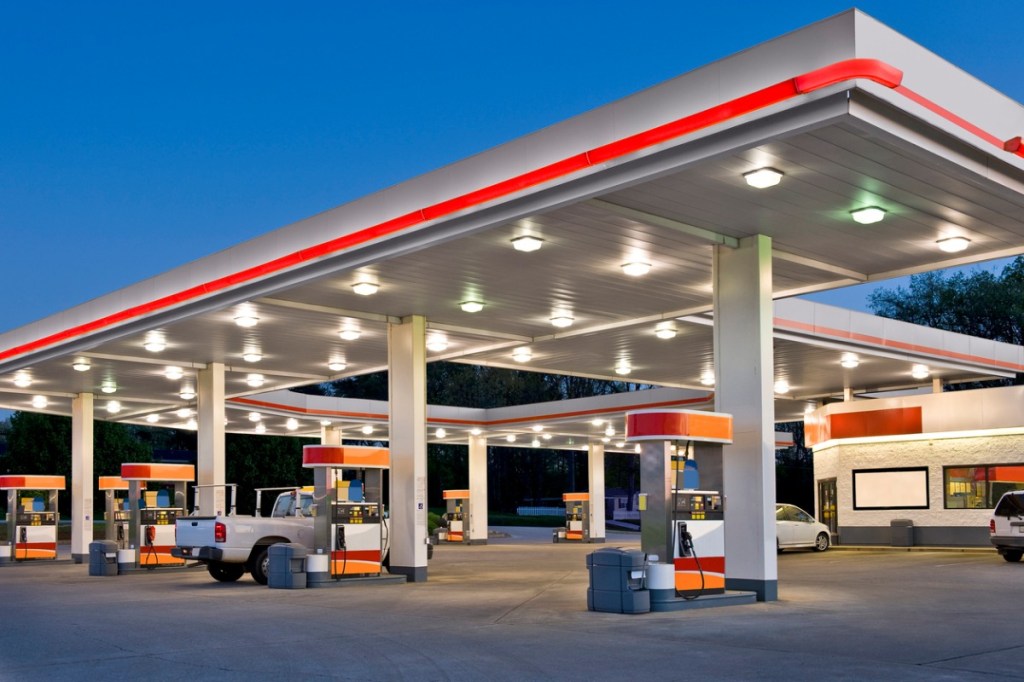The ACCC’s latest gas report has revealed a significant drop in gas prices over the past year, driven in part by the COVID-19 pandemic.
While lower gas prices are providing some relief to manufacturers and other gas users on Australia’s east coast, prices were still higher than export parity.
The report highlights that these lower prices may not last, and that the risk of a supply shortfall remains. While east coast gas supply is expected to meet demand during 2021, a shortfall of as much as 30 PJ may arise by 2024 in the southern states, while the broader east coast gas market faces the risk of a shortfall in 2026.
“The fall in gas prices is very welcome news for major gas users who, like many other Australian businesses, have faced enormous challenges in responding to the COVID-19 pandemic,” ACCC Chair Rod Sims said.
“It is concerning that the risk of a gas supply shortfall in Australia’s southern states continues, despite this having been a looming issue for some time.
“There are new sources of supply and related infrastructure that could be brought online to avoid a potential shortfall. It is crucial that investment decisions are made now to ensure there’s enough supply, and to provide downward pressure on future price rises,” Sims said.
The fall in gas prices has been in part driven by record low oil and LNG spot prices exacerbated by the COVID-19 pandemic.
The ACCC observed that price offers for supply in 2021 fell from $8-14/GJ during the second half of 2019 to $6-8/GJ by mid-2020.
While prices have moved somewhat closer to LNG netback levels, domestic customers are still paying more than export parity.
“We welcome the narrowing of the once-large gap between domestic and export parity prices, but despite some improvement domestic customers are still paying more than overseas customers,” Mr Sims said.
“LNG producers have not provided an adequate explanation as to why this is the case, or why we should accept it.”
Recent large increases in the ACCC’s LNG netback price series are for supply in the early months of 2021 into Asian centres during their winter. Over the longer term, the LNG price expectations for the remainder of 2021 and 2022 are much lower.
The report also provides, for the first time, analysis of suppliers’ pricing strategies, obtained under the ACCC’s compulsory information gathering powers.
“Our preliminary analysis suggests that competition between suppliers has been a limited constraint on gas prices over the past few years,” Sims said.
“Suppliers appear more concerned by the threat of regulatory intervention. This is not the sort of behaviour you’d expect to see in a well-functioning competitive market.”
“Southern states face the greatest risk of shortfall in the future. We continue to recommend governments encourage timely investment in north-south transportation infrastructure, or import terminals on the east coast,” Mr Sims said.
“We recommend governments facilitate greater competition between suppliers, such as through active tenement management, to encourage producers to bring gas to market.”
The ACCC notes the Australian Government has recently entered into a new Heads of Agreement with LNG exporters, and that industry is working on a voluntary code of conduct to help even the playing field between gas suppliers and buyers.
In 2021, the ACCC will examine upstream competition in the East Coast Gas Market, as well as continue to monitor and report prices offered to the domestic market and, where relevant, make further policy recommendations to the Australian Government.
The ACCC will also review its LNG netback price series and methodology during 2021. An issues paper will be released in March 2021 and industry and stakeholder consultation will take place. The review is expected to be completed by the end of September 2021.

